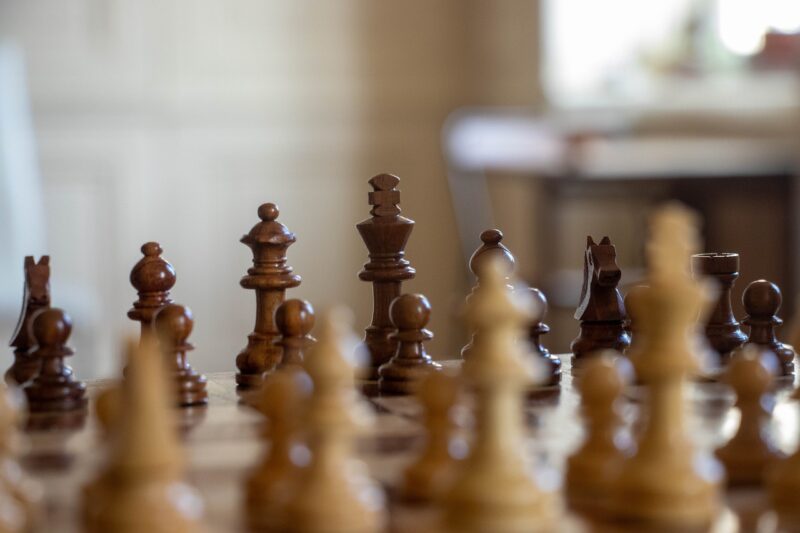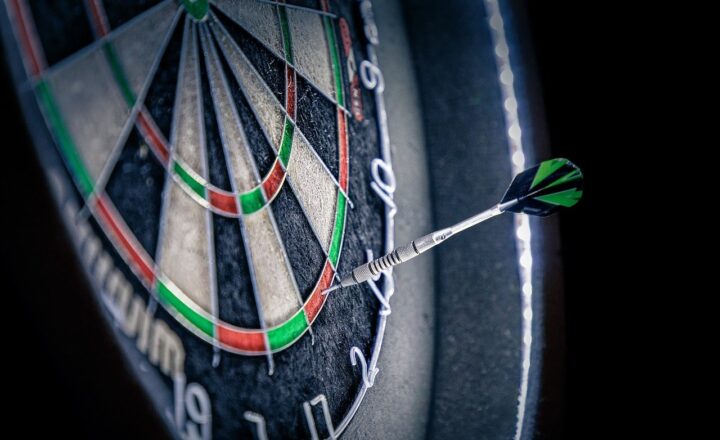
Chess is one of the oldest and most celebrated games in human history, tracing its roots back to ancient India before evolving into a global phenomenon. From the royal courts of medieval Europe to today’s world championship tournaments, chess has been a symbol of strategy, intellect, and endurance.
1. Origins of Chess: The Ancient Game of Chaturanga
The origins of chess can be traced back over 1,500 years to northern India. The game known as Chaturanga, which means “four divisions of the military” in Sanskrit, was played on an 8×8 board and included pieces representing infantry, cavalry, elephants, and chariots. Chaturanga became popular and spread through Persia, where it was called Shatranj, further refining the game’s rules.
- Chaturanga: Played in 6th-century India, this early version included four types of pieces that reflected the military divisions of the time, similar to modern chess pieces.
- Shatranj: In Persia, Chaturanga evolved into Shatranj, with altered rules that added depth and strategy to the game. The goal remained the same: to protect the king while capturing the opponent’s pieces.
This initial version of chess established the foundations that would later transform into the game we recognize today.
2. Chess Spreads Across the Islamic World and Europe
After its development in India and Persia, chess spread to the Islamic world, where it gained immense popularity. From the Islamic caliphates, chess made its way to Europe, where it underwent significant changes.
- Medieval Europe: By the 11th century, chess had reached Europe, where it was embraced by the nobility as a game of skill and intellect. Rules evolved to suit the European perspective, with bishops and queens added to the board.
- The Renaissance Influence: The Renaissance brought additional changes, including the movement capabilities of the queen, making it the most powerful piece on the board. These adjustments made chess faster-paced and more strategic.
The spread of chess in medieval Europe laid the groundwork for modern gameplay, with rules that began to resemble the chess we play today.
3. Standardization of Chess Rules and the Rise of Modern Chess
The standardization of chess rules in the 19th century marked a turning point in the game’s history. Chess clubs and tournaments were established, and universal rules were agreed upon to facilitate competitive play.
- Standardization Efforts: In the mid-1800s, attempts were made to standardize chess rules, leading to agreements on piece movements, board setup, and the concept of checkmate.
- First Modern Chess Tournament: In 1851, the first international chess tournament was held in London. This event marked the beginning of organized competitive chess and inspired future chess masters.
This period of standardization and competition set the stage for the global chess community that would soon flourish.
4. Chess in the 20th Century: A Golden Age of Champions
The 20th century saw the emergence of legendary chess players and the establishment of world championships, creating a professional structure that celebrated the game’s best minds.
- World Chess Championships: The first official World Chess Championship took place in 1886 between Wilhelm Steinitz and Johannes Zukertort, beginning the era of chess champions that continues to this day.
- Chess Masters: Players like José Raúl Capablanca, Bobby Fischer, and Garry Kasparov rose to fame, pushing the boundaries of strategy and elevating chess to an art form.
This golden age solidified chess as both a professional sport and a beloved intellectual pastime worldwide.
5. Modern Chess: Technology, Online Play, and the Rise of AI
In recent decades, technology has transformed chess, making it accessible to millions and elevating the game through artificial intelligence and online platforms.
- Online Chess Platforms: Websites and apps like Chess.com, Lichess, and others have allowed players of all skill levels to play chess anytime, anywhere.
- Artificial Intelligence: The development of AI engines like Deep Blue, which defeated Garry Kasparov in 1997, revolutionized chess analysis. Today’s engines, like Stockfish and AlphaZero, have pushed chess strategy to new limits.
Modern chess is characterized by digital innovation, making it one of the most accessible and globally connected games.
Conclusion: The Enduring Legacy of Chess
Chess has come a long way from its humble origins in ancient India. It has grown into a global game that celebrates strategic thinking, resilience, and mental agility. Today, chess remains as vibrant as ever, with players of all ages and backgrounds finding joy in the game’s complexities.
Whether through online platforms, local clubs, or international tournaments, chess continues to bring people together, bridging cultures and generations. Its journey from ancient battlefields to digital screens is a testament to its universal appeal and timeless allure.








